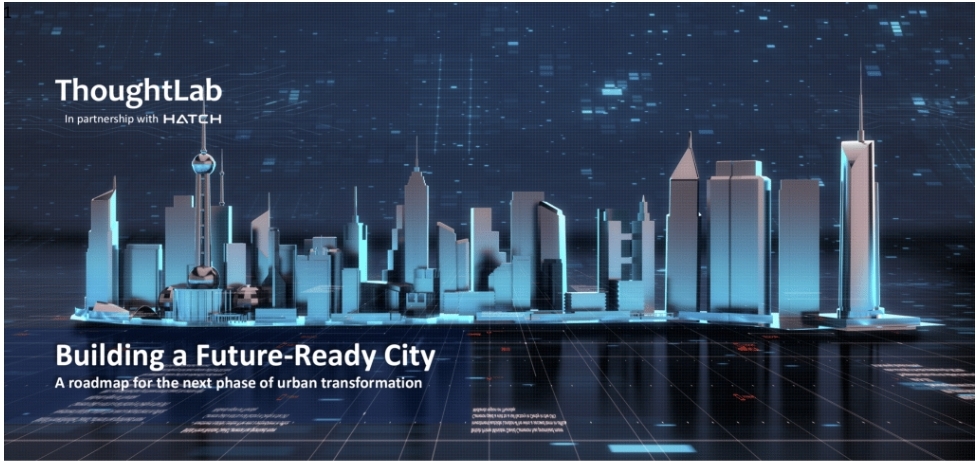Building construction is a complicated and comprehensive process that needs careful consideration and thought, particularly when it comes to infrastructure and IT requirements. With today’s growing dependence on technology, new buildings must be future-ready and equipped with the required infrastructure to accommodate the most recent IT innovations.
This not only assures the building’s flawless operation but also increases its worth and competitiveness in the marketplace. The article will cover the major components for constructing a future-ready infrastructure during new building development.
Why is it necessary to consider future-ready infrastructure IT while developing a new building?
1. Protection against natural calamity
One of the primary reasons for including future-ready infrastructure IT concerns in new building development is to safeguard against natural disasters. With the rising frequency and severity of natural disasters like hurricanes, earthquakes, and floods, it is essential to have a strong and resilient infrastructure in place to deal with such calamities. New buildings can be better prepared to manage disasters and reduce their impact on IT systems by adding elements such as reinforced structures, underground power lines, and backup generators.
IT for new building protects not just the building and its occupants, but also the IT system, assuring business continuity and avoiding costly downtime. This is especially important for key services like hospitals, government facilities, and data centres, which require uninterrupted operations. Future-ready IT considerations can give peace of mind while minimizing the risks associated with natural disasters.
2. Health and wellness
Another essential aspect of future-ready infrastructure IT consideration in new building development is to promote health and wellness. As technology becomes more integrated into your everyday lives, it is important to design buildings that promote and improve the physical and mental health of its residents. This can include components like air filtration systems, natural lighting, and comfortable layouts, all of which can enhance indoor air quality and overall comfort.
Moreover, smart technology and automation may help to establish a healthy and sustainable environment by controlling temperature, moisture, and lighting levels. This can result in higher production and efficiency, as well as lower energy usage and expenditures. New buildings can become more attractive and desirable to potential residents if they integrate IT infrastructure that promotes health and well-being.
3. Adaptability and flexibility
In a modern rapidly changing business environment, new buildings require a flexible and adaptive IT infrastructure. This includes taking into account future demands and technological improvements, which may necessitate infrastructure adjustments and modifications. By developing and implementing a future-ready IT infrastructure, building owners can ensure that their space can readily accept new technologies and systems without requiring large modifications or disruptions to operations.
This flexibility can also apply to the changing needs and expectations of the building’s residents, such as new residents or functions. A flexible IT infrastructure can accommodate these changes while also allowing for seamless integration and modification, making the building more appealing to an extensive range of residents.
4. Cost savings and efficiency
By implementing future-ready infrastructure IT considerations during new building development can result in cost savings and enhanced efficiency for both building owners and residents. Buildings may use smart technology and automation to optimize their energy use and lower operational expenses. This may also apply to IT system maintenance, as future-ready infrastructure can reduce the need for repairs and updates, ultimately saving time and money.
Furthermore, by designing a building that allows for the newest technology and systems, inhabitants might benefit from enhanced productivity and efficiency, perhaps leading to financial advantages. Future-ready infrastructure IT considerations can result in a considerable return on investment while also contributing to the building’s overall performance and lifespan.
Conclusion
Implementing future-ready infrastructure IT concerns during new building development is essential to designing contemporary, competitive, and sustainable structures. There are various benefits to creating a strong IT infrastructure, including defending against natural calamities and encouraging health and well-being, as well as providing flexibility and cost savings.
Investing in future-ready technology helps to make sure buildings are prepared to deal with the ever-changing digital world while being relevant and useful in the long run. By taking all of these important factors into account, you may create a better tomorrow in which buildings not only meet technological requirements but also contribute to a healthier, more efficient, and sustainable society.

